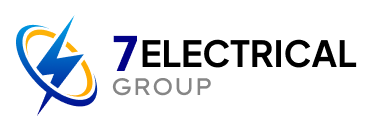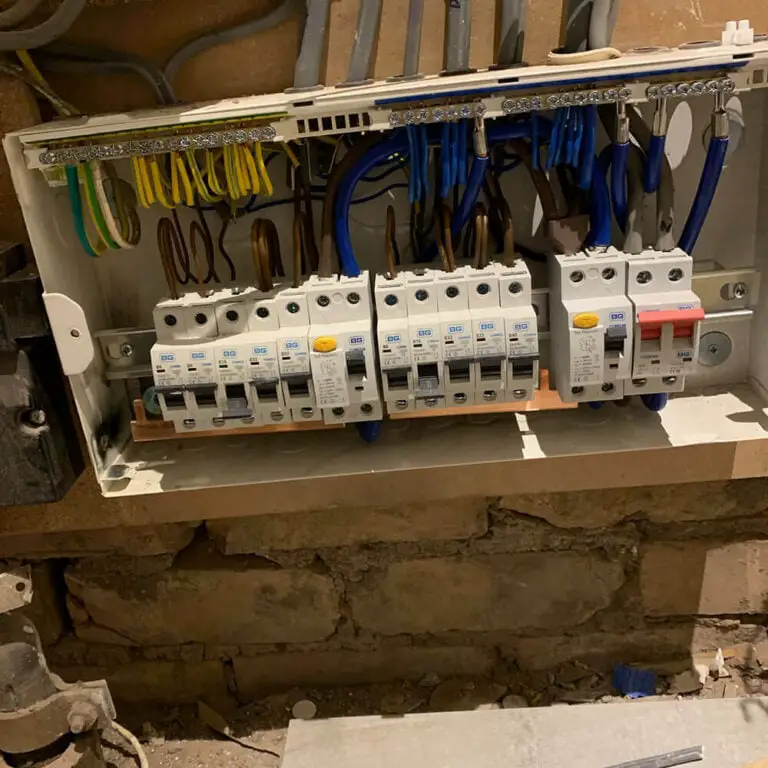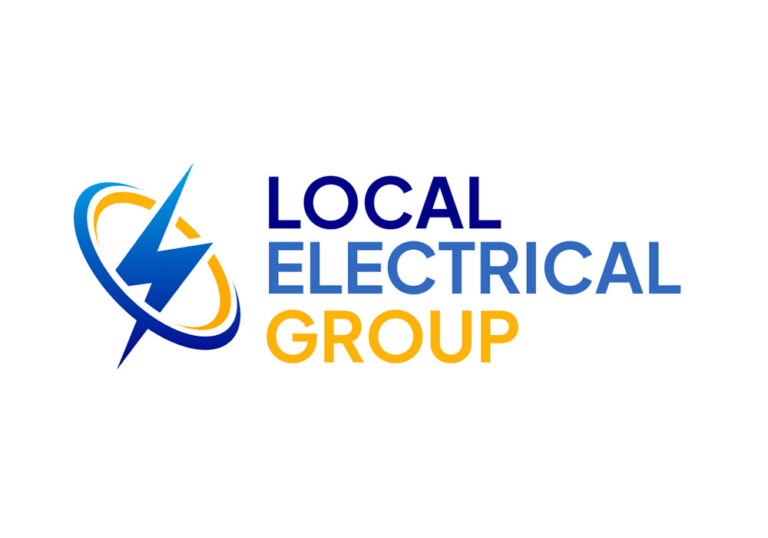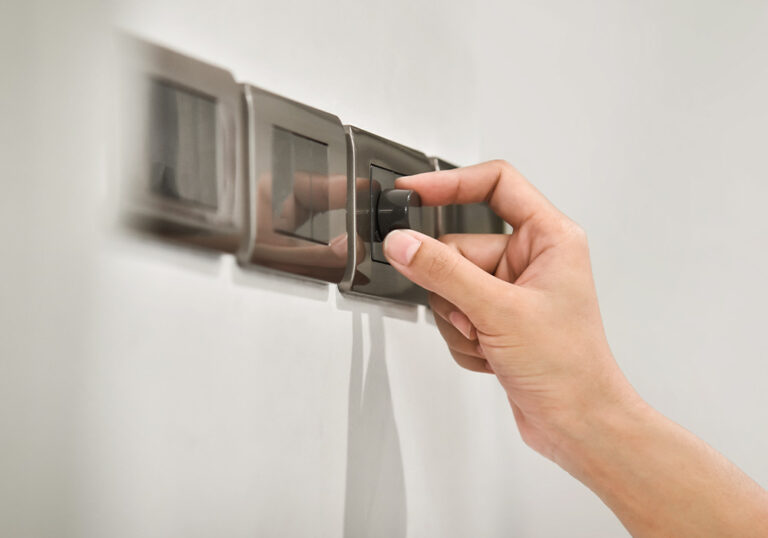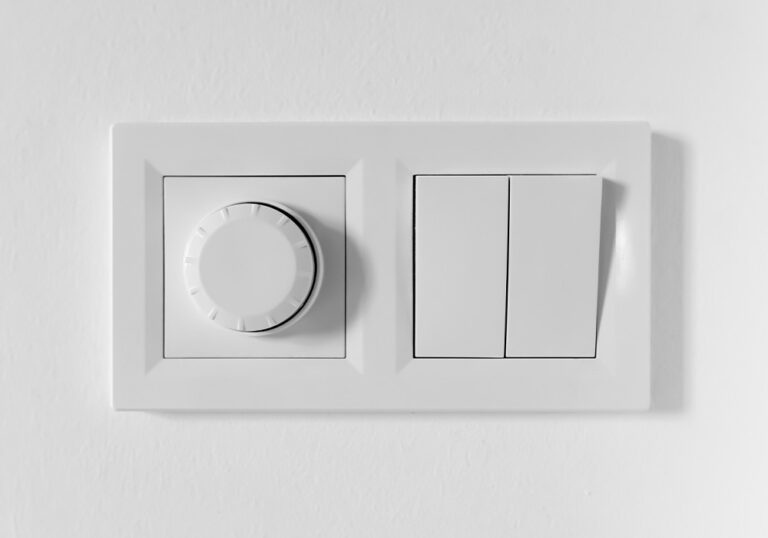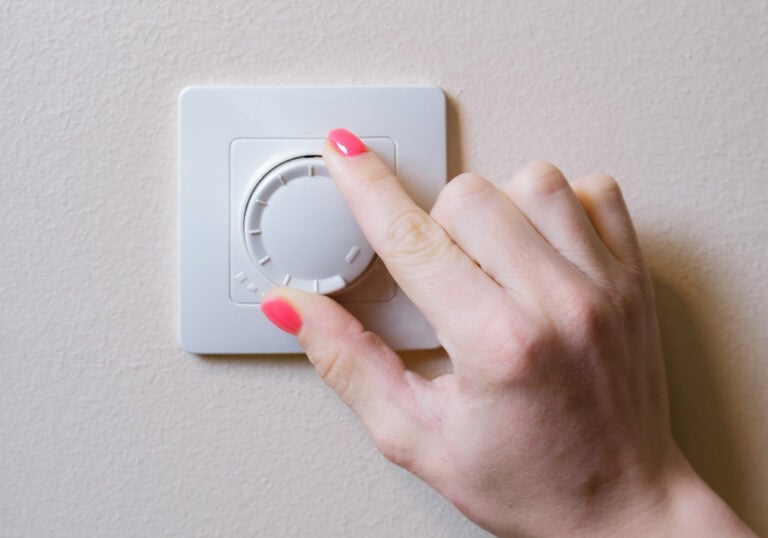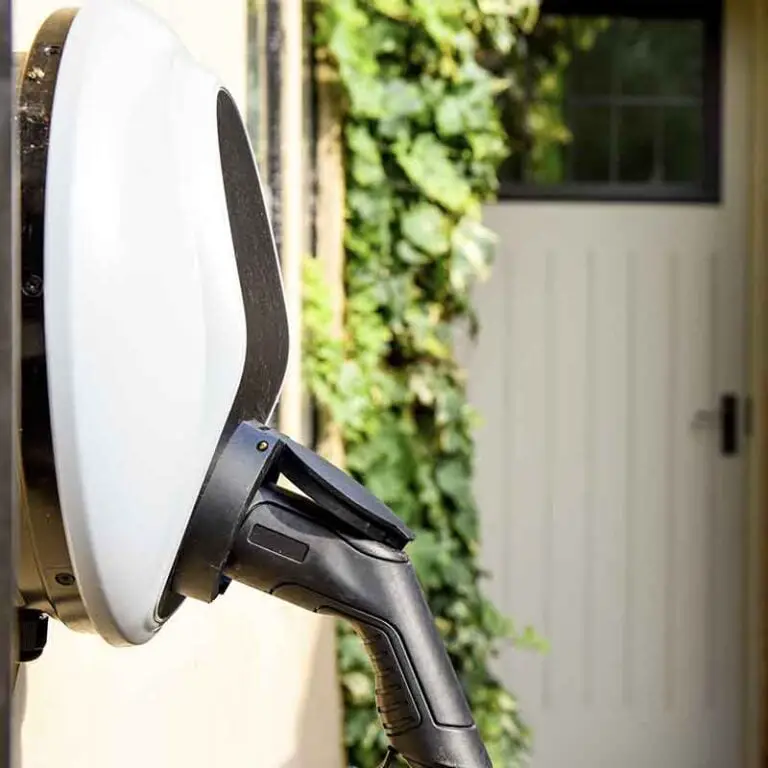What Electrical Safety Standards Does my HMO Need to Neet?
As a landlord, it’s crucial that you are aware of the electrical safety standards required for your House in Multiple Occupation (HMO). Not only are these standards essential for ensuring the welfare of your tenants, but they also help you maintain legal compliance as a HMO operator. Electrical safety must be at the forefront when managing an HMO, as a failure to comply with the necessary regulations could lead to significant penalties and may even result in the revocation of your HMO licence.
In the UK, landlords are responsible for adhering to the Electrical Safety Standards in the Private Rented Sector (England) Regulations 2020. These regulations mandate that HMO operators must ensure national standards for electrical installations are met, as well as carrying out safety inspections and obtaining certification. It is important to recognise that the safety standards also extend to the bedrooms, shared spaces, such as kitchens and bathrooms, and any electrical work conducted during property renovations.
Key Takeaways
- Landlords must comply with electrical safety regulations for HMOs to ensure tenant welfare and legal compliance.
- Adherence to the Electrical Safety Standards in the Private Rented Sector (England) Regulations 2020 is critical in the management of HMO properties.
- These safety standards apply to all aspects of the property, including bedrooms, shared spaces, and electrical work during renovations.
Fundamental Electrical Safety Regulations
As a landlord with an HMO (House in Multiple Occupation), it is crucial to adhere to specific electrical safety standards to protect the wellbeing of your tenants. The Electrical Safety Standards in the Private Rented Sector (England) Regulations 2020 demand that landlords of privately rented accommodation abide by national safety measures.
Firstly, you need to ensure the electrical installations in your HMO are inspected and tested by a qualified person at least once every five years. This includes checking the functionality and safety of all wiring, sockets, switches, and other components of the electrical system.
Next, be sure to obtain a report from the electrical inspection, which details the results, findings, and any remedial works that your HMO might require. Keep copies of this report and provide them to your tenants as proof of inspection and adherence to electrical safety regulations.
In addition to these requirements, you must also follow up with any remedial works that are outlined in the inspection report within 28 days of the inspection or sooner if specified. This ensures that any electrical problems or hazards identified during the inspection are promptly addressed and rectified.
Furthermore, all new electrical appliances provided in the HMO should carry the British Safety Standard sign, indicating their compliance with UK safety standards. Regularly maintaining and testing these appliances can help prevent any hazards and accidents due to electrical faults.
By diligently following these fundamental electrical safety regulations, you can promote a secure living environment for your HMO tenants and avoid any legal complications resulting from negligence in complying with the Electrical Safety Standards in the Private Rented Sector (England) Regulations 2020.
Fire Alarm Systems Standards
When it comes to electrical safety standards in your HMO, it is crucial to ensure that fire alarm systems are up to par. Proper installation and maintenance can significantly reduce the risk of fire-related accidents and provide a safe living environment for tenants.
Grade D alarms are usually required for one or two-storey HMOs, where each individual floor space is no larger than 200m². These mains-powered alarms are equipped with backup batteries and are activated by either radio signal or wire. With this type of alarm, fire alarm panels may not be necessary since LD3 denotes the minimal coverage area required.
For HMOs that consist of three storeys or more, a more advanced fire alarm system should be installed. This may include a central panel along with smoke and CO alarms placed strategically in high-risk areas, such as kitchens. It is essential to work with a professional fire alarm installer to ensure the system adequately covers your entire property.
Keep the following points in mind when meeting fire alarm systems standards for your HMO:
- Ensure installation follows a thorough design plan that is appropriate for the building, and seek the advice of a designer for any required changes.
- Regularly check and maintain the fire alarm system to make certain it remains in optimal working condition.
- Stay up to date with current regulations and requirements to ensure compliance with relevant laws.
By adhering to these guidelines, you are taking an essential step in maintaining the overall safety and comfort of your tenants while meeting the necessary electrical safety standards for your HMO.
Emergency Lighting Regulations
In your HMO (House in Multiple Occupation), it is essential to meet electrical safety standards, including emergency lighting regulations. Emergency lighting systems play a crucial role in ensuring the safety of occupants during a power failure or emergency evacuation. They must operate automatically and provide sufficient illumination for safe exit routes.
As per BS 5266-1, the British Standard code of practice outlines the requirements for emergency lighting systems within premises. This standard not only addresses evacuation lighting but also extends its scope to “emergency safety lighting” – which aims to protect occupants who remain within the premises during major incidents or supply failures.
When installing emergency lighting in your HMO, it is important to consider the following:
- Include emergency lights on each floor, including landings and stairwells.
- Use appropriate signage to indicate the changes in stair levels, exits, and other key information.
- Ensure that the system provides adequate illumination for all occupants to evacuate safely during a blackout.
To further enhance electrical safety standards in your HMO, be aware of the guidance provided in the Health Technical Memorandum 06-01 on electrical services supply. This document also aligns with the BS 5266 requirements and offers invaluable recommendations for implementing emergency lighting systems that safeguard occupants’ well-being.
In summary, adhering to emergency lighting regulations like BS 5266-1 is crucial for maintaining electrical safety standards in your HMO. By carefully planning and installing a functional emergency lighting system, you contribute to a safe and secure living environment for all occupants.
Maintenance of Electrical Installations
As a landlord of a House in Multiple Occupation (HMO), it’s crucial to ensure that your property meets the required electrical safety standards. Regular inspection and maintenance are essential for making sure your tenants are living in a safe environment.
One of the key requirements for HMOs is having an Electrical Installation Condition Report (EICR) completed on all your rented properties. A new EICR should be conducted at least every five years, or more frequently if your electrical installation is older. It’s important to note that failing to have an up-to-date EICR can result in fines of up to £30,000.
When it comes to the upkeep of electrical installations, landlords must follow established codes of practice, such as the BS EN 60079-30-2 for electric surface heating and the BS 6423 for maintenance of electrical switchgear and control gear. Additionally, the BS 6626 outlines the code of practice for maintenance of electrical switchgear and control gear for voltages above 1kV and up to and including 36kV.
Hiring a qualified and competent electrician to inspect and test your property’s electrical installations is essential for ensuring compliance with these standards. They will be able to identify any potential issues and recommend any necessary repairs or upgrades.
Finally, don’t forget to keep detailed records of all electrical maintenance and inspection work, as you will need this documentation to prove compliance with safety regulations and in the event of making a property insurance claim.
PAT Testing Standards
When considering electrical safety standards for your HMO, PAT (Portable Appliance Testing) is an essential aspect to cover. Although PAT testing is not a legal requirement for HMOs, it is highly recommended to ensure the safety of your tenants and comply with regulations.
PAT testing involves examining electrical appliances and equipment to ensure they are safe to use. Most electrical safety defects can be identified by carrying out a visual inspection, alongside routine maintenance checks. It is crucial for landlords of HMOs to carry out regular tests on electrical products, ideally when the electrical installation is tested.
As a landlord, you have a responsibility under the Electrical Safety Standards in the Private Rented Sector (England) Regulations 2020 to ensure national standards for electrical safety are met. This includes making sure all electrical installations in rented properties are inspected and tested, and any necessary work is completed by a qualified person.
To maintain a high standard of electrical safety in your HMO, consider the following steps:
- Carry out regular visual inspections for any signs of damage or wear on portable appliances.
- Implement routine maintenance checks for all electrical equipment.
- Employ a qualified electrician to conduct more thorough tests and inspections if required.
- Keep records of all inspections, tests, and maintenance to demonstrate your compliance with electrical safety regulations.
By adhering to these recommended PAT testing standards, you can create a safe environment for your tenants and ensure your HMO meets the necessary electrical safety requirements.
Standard for Residual Current Devices
Residual Current Devices (RCDs) are crucial for maintaining electrical safety in your HMO. They are designed to disconnect the circuit within 25-40 milliseconds of a potentially dangerous electrical event occurring. In domestic 230V installations, RCDs typically disconnect the circuit when the leakage current reaches 30mA.
There are various types of RCDs, which can be categorised as: Residual Current Circuit-Breaker (RCCB) without protection against overload (complying with BS EN 61008, BS 4293, BS EN 62423) and Residual Current Circuit-Breaker (RCBO) with protection against overload. It’s essential to select the appropriate RCD based on the presence of DC components and AC frequencies, as required by Regulation 531.3.3 of BS 7671:2018+A2:2022.
Type AC RCDs should only be used to serve fixed equipment, where it is known that the load current contains no DC components. For HMOs, it’s crucial to ensure that the installed RCDs meet the applicable standards and regulations to guarantee electrical safety for the residents.
Remember to routinely inspect and test your electrical installations, following the guidelines provided in BS 7671:2008(2013) to ensure the continued functionality of your RCDs. Regular maintenance is vital to prevent potential hazardous incidents and maintain compliance with safety standards.
Keep in mind that meeting electrical safety standards is a legal obligation for HMO licensing. Ensure that you comply with all regulations, including those related to RCDs, to provide a safe living environment for your tenants and avoid potential fines, penalties, or loss of your HMO license.
Guidelines for Landlords’ Responsibilities
As a landlord of an HMO, it is crucial to ensure the electrical safety standards are met. The Electrical Safety Standards in the Private Rented Sector (England) Regulations 2020 mandate that landlords have the property’s electrics inspected and tested at least every 5 years by a properly qualified and competent person.
To maintain the safety of your tenants and stay compliant, you must adhere to key requirements. First, secure an Electrical Installation Condition Report (EICR) from a qualified electrician who will evaluate your property’s electrical installations. This assessment must be carried out for all new specified tenancies from 1 July 2020 and all existing specified tenancies from 1 April 2021.
Upon receiving the EICR, it’s essential to provide a copy to each tenant within 28 days and to any new tenant before occupation. You should retain a copy for your own records and make it available to local authority inspectors if requested.
Should any remedial work be identified, complete this work within 28 days, or as specified by the electrician, to ensure the property meets the required safety standards. Once completed, provide the written confirmation of the work, along with the initial EICR, to all tenants and the local authorities.
Lastly, install suitable smoke and carbon monoxide alarms throughout the property, and conduct regular checks to ensure all alarms remain in working order.
By following these guidelines, you will ensure your HMO meets the necessary electrical safety standards while providing a safe and compliant environment for your tenants.
Safety Inspection and Certification
To ensure your HMO meets the required electrical safety standards, it is important to carry out periodic safety inspections and obtain the necessary certifications. As a landlord, you are responsible for maintaining your property’s electrical systems and appliances in good working order, thus ensuring the safety of your tenants.
Firstly, you must obtain an Electrical Installation Condition Report (EICR) for your HMO property. This involves a thorough inspection and testing of the electrical installations by a qualified electrician, usually within every 5 years or when modifications are made to the system. The EICR will help you identify any potential issues and remedial work required to meet the safety standards. In addition, maintaining a valid EICR is usually a requirement for an HMO licence.
Moreover, it is crucial to perform Portable Appliance Testing (PAT) on all the portable electrical appliances provided in the HMO, such as kettles, fridges, and microwaves. PAT testing ensures that these appliances are safe to use by your tenants and minimises the risk of accidents due to faulty equipment. It is good practice to have your appliances tested annually or whenever new appliances are added to the property.
Furthermore, you must comply with the fire safety regulations by installing smoke alarms and carbon monoxide detectors in appropriate locations throughout your HMO. Regularly testing these alarms and maintaining the fire protection equipment, such as fire doors and extinguishers, are crucial for the safety of your tenants.
To summarise, the key electrical safety standards that your HMO needs to meet include obtaining a valid EICR, performing regular PAT testing, and meeting fire safety regulations. By diligently maintaining these safety precautions, you can provide a secure living environment for your tenants and fulfil your responsibilities as an HMO landlord.
Guidelines for HMO Electrical Safety
As a landlord of a House in Multiple Occupation (HMO), it is essential to ensure that your property meets specific electrical safety standards. Your tenants’ safety depends on providing a secure living environment. Here are the main guidelines you need to follow:
Firstly, familiarise yourself with The Electrical Safety Standards in the Private Rented Sector (England) Regulations 2020. These regulations outline the obligations landlords have regarding electrical safety and apply to HMOs as well.
Every 5 years, you must have your electrical installations inspected and tested by a qualified and competent electrician. They will provide you with an Electrical Installation Condition Report (EICR), detailing the safety of the electrical systems in your HMO. It is crucial to keep a copy of this report, as you may have to provide it to your local housing authority upon request.
Ensure that your HMO has adequate smoke and carbon monoxide alarms installed. It is your responsibility to provide working alarms on each floor of the property. Remember to check these alarms regularly and replace the batteries when needed.
It is important to keep a schedule of regular maintenance for all electrical appliances provided to your tenants. This includes items such as cookers, fridge-freezers, washing machines, and electric heaters. It is also a good idea to have these appliances tested annually by a competent professional to ensure they remain safe for use.
Finally, maintain good communication with your tenants. Encourage them to report any electrical issues, such as faulty sockets or flickering lights. Address these problems promptly, as they could pose safety hazards if left unattended.
By following these guidelines and staying up-to-date with any changes in regulation, you can provide a safe living environment for your tenants and ensure that your HMO meets the required electrical safety standards.
Legislative Guidelines and Regulations
As a landlord of a House in Multiple Occupation (HMO), you need to comply with the Electrical Safety Standards in the Private Rented Sector (England) Regulations 2020. These standards aim to ensure the safety of your tenants and the overall compliance of your HMO property with the statutory requirements.
Under these regulations, you are required to have the electrical installations in your property inspected and tested by a qualified and competent person at least once every 5 years. The testing should evaluate the safety of your electrical installations, including their overall condition, the adequacy of earthing and bonding, the suitability of switchgear, and the presence of adequate protective devices.
In addition to the regular inspections, it is also your responsibility to provide your tenants with a written report on the safety of the electrical installations. This report, known as the Electrical Installation Condition Report (EICR), should detail any identified hazards or defects and outline any remedial work required to rectify the issues.
For HMO properties, mandatory licensing has been in place since 2006. Initially, this applied to properties with three or more storeys, housing five or more people from two or more separate households. However, as of 1st October 2018, all HMOs with five or more tenants belonging to two or more separate households require a mandatory license, regardless of the property’s size.
In conclusion, as a landlord managing an HMO, you must adhere to the legislative guidelines and regulations by conducting regular electrical safety inspections and ensuring your property meets the required standards. Doing so will not only safeguard your tenants’ well-being but will also contribute to your reputation as a responsible landlord.
Electrical Safety Standards for Bedrooms
As the owner of an HMO (House in Multiple Occupation), it’s essential to ensure that the electrical safety standards are met in all areas of the property, including bedrooms. These standards are crucial in protecting your tenants and maintaining compliance with applicable regulations.
Firstly, make sure that the electrical installations in the bedrooms are safe and in good working order. This includes ensuring that sockets, switches, and light fittings are properly secured and free of damage. Regular checks and maintenance should be carried out to ensure all electrical systems remain in good condition.
It’s important to provide adequate electrical outlets in each bedroom, so tenants don’t need to overload sockets with extension cords or adapters. Also, ensure that any electrical appliances supplied, such as heaters or fans, meet the required safety standards and are regularly checked for any potential issues.
Additionally, you should ensure that all bedroom electrical installations are up to date with the relevant British Standards, such as BS EN 60079-30-2, which covers electric surface heating. This also applies to any electrical switchgear and control gear in the property, as specified by BS 6423 for voltages up to 1kV and BS 6626 for voltages between 1kV and 36kV.
Proper earthing and bonding of all electrical installations should be a priority, as this is key to ensuring the electrical safety of your tenants. Verify that the main earthing terminal is correctly linked to the main incoming electricity supply, and that all circuits are properly protected.
Finally, ensure that you are compliant with the legislation surrounding electrical safety in HMOs. This includes carrying out regular electrical safety inspections of the entire property by a qualified electrician. The report from this inspection should be carefully reviewed, and any necessary remedial work or further investigation should be carried out within the specified timeframe.
By adhering to these guidelines, you can ensure that the electrical safety standards in your HMO bedrooms are met, offering a safe living environment for your tenants and fulfilling your legal responsibilities as a landlord.
In order to ensure the safety of all occupants in a shared living space, your HMO (House in Multiple Occupation) must meet specific electrical safety standards. Meeting these standards helps minimise the risk of electrical fires and accidents, protecting both tenants and property.
One key aspect to consider is the regular assessment of electrical installations to ensure compliance with the UK standard for safety. This assessment, typically carried out by a certified electrician, identifies any issues that could pose a risk, such as overloaded circuits or equipment and potential electric shock risks or fire hazards.
In addition to overall installation safety, make sure to provide adequate smoke and carbon monoxide alarms, as per the mandatory conditions specified in Schedule 4 of the 2004 Act. Moreover, gas safety appliances and electrical appliances should comply with the relevant approved codes of practice. For instance, BS EN 60079-30-2 applies to electric surface heating and BS 6423 covers the maintenance of electrical switchgear and control gear for voltages up to and including 1 kV.
Your HMO should also maintain proper earthing and bonding of installations, ensuring that all equipment and devices are securely connected to the ground. This is essential in reducing the risk of electric shock or injury.
Furthermore, positioning of electrical sockets and switches in shared areas such as kitchens, bathrooms and lounges should be carefully thought through to minimise potential hazards. For example, avoid placing sockets too close to water sources in a bathroom or having overloaded extension leads and adapters in shared living spaces.
By adhering to these safety standards for shared spaces within your HMO, you can create a secure environment for your tenants and protect your property from any potential electrical hazards.
Safety Codes for Kitchen and Bathroom
When managing a House in Multiple Occupation (HMO), it is essential to meet electrical safety standards in communal areas like the kitchen and bathroom. These areas pose potential hazards due to the combination of electricity and water. Ensuring compliance with the safety codes will help protect your tenants and keep the property well-maintained.
For the kitchen, ensure that the electrical installations are safe, in good working order, and regularly inspected by a qualified electrician. Always use residual current devices (RCDs) on sockets that might be used for outdoor equipment or for appliances near water, such as a kettle. Also, consider installing a dedicated circuit for high-power kitchen appliances, like cookers, dishwashers, or washing machines, to reduce the risk of overloading circuits.
For the bathroom, it’s crucial to follow specific electrical safety zones to prevent accidents:
- Zone 0 is the area inside the bathtub or shower enclosure tray. Any electrical unit installed in Zone 0 must meet Separated Extra-Low Voltage requirements and be designed to be submerged. This may include jetted pumps for a spa tub.
- Zone 1 is the area immediately surrounding the bath or shower. In this zone, electrical equipment must have at least an IPX4 protection rating to ensure it is safe to use in wet conditions. However, using socket outlets is generally not allowed, with the exception of shaver supply units with specific protection.
Moreover, always enlist a qualified electrician for any installations, inspections, repairs, or maintenance in the bathroom. This will ensure that electrical work complies with safety standards and regulations.
By following the appropriate safety codes and maintaining your HMO to a high standard, you can provide a safe living environment for your tenants. Remember to keep current with any changes in electrical safety regulations and get regular inspections to guarantee everything remains up to date.
Electrical Safety Protocols during Property Renovations
When renovating your HMO, it is crucial to adhere to the relevant electrical safety standards to ensure the safety of your tenants. First, make sure the electrical installation in the property, including consumer units, protective bonding, lighting, switches and sockets, is in a safe condition. This can be assessed through an Electrical Installation Condition Report (EICR), which you should obtain from a qualified professional.
Additionally, abiding by the Electrical Safety Standards in the Private Rented Sector (England) Regulations 2020 is a legal requirement for landlords. This regulation mandates that electrics in rental properties be checked at least every 5 years by a suitably qualified and competent professional.
During the renovation process, it’s also important to be mindful of any electrical work being carried out and ensure that it meets the relevant British Standards or approved codes of practice. For example, the installation and maintenance of electrical switchgear and controlgear should comply with BS 6423:1983 for voltages up to 1 kV or BS 6626:2010 for voltages above 1 kV and up to 36 kV.
Furthermore, any electric surface heating installed in the property should conform to BS EN 60079-30-2:2007 standard. Ensuring that all electrical installations and maintenance works align with these standards will help to minimise the risk of electrical accidents and provide a safe environment for your tenants.
Lastly, always hire qualified and competent electricians to perform any electrical work or inspections during property renovations. These professionals possess the necessary knowledge and skills to ensure that all electrical work is up to code and maintains a high level of safety for your HMO.
By following these electrical safety protocols during renovations, you can create a secure living space for your tenants and stay compliant with the required regulations in the private rented sector.
